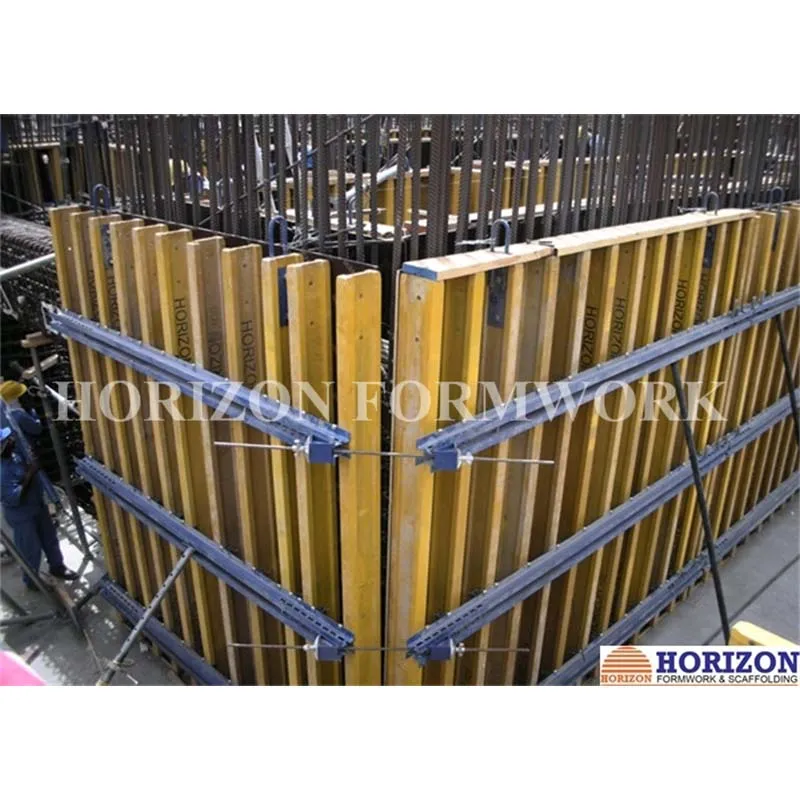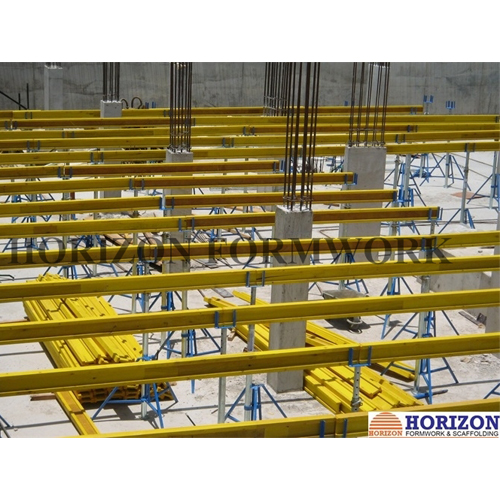জুলাই . 07, 2025 05:32 Back to list
High-Quality Water Stop Solutions Trusted Water Stop Company & Suppliers
- Introduction to water stop
, market demand, and segment overview - Technical superiority and material development in water stop solutions
- Comparative analysis of major water stop company offerings
- Customization approaches provided by leading water stop suppliers
- Case studies: industry applications of advanced water stop materials
- Best practices for specification and installation to maximize durability
- Conclusion and future outlook for water stop companies and suppliers

(water stop)
Understanding Water Stop: Applications and Growing Market Demand
Water stop is an essential element in modern construction, preventing leakage and safeguarding structural integrity wherever concrete joints are present. Across infrastructure, commercial, and industrial projects, the inclusion of water stop ensures long-term durability in water-retaining and water-excluding structures. Global construction activity reached US $13 trillion in 2023, with water-associated structures accounting for nearly 18% of investment. Increasing urbanization and stringent regulations regarding water ingress control drive the market growth for advanced water stop solutions. From high-rise basement foundations to dams and wastewater treatment plants, well-engineered water stop is critical to avoid costly maintenance and extend service life. Water stop suppliers now serve a rapidly expanding segment, with industry data indicating demand is growing at 5.4% CAGR, projected to surpass $1.3 billion in global annual sales by 2030. The role of water stop companies continues to evolve, responding to complex project requirements and challenging environments.
Innovations in Water Stop Materials and Technical Advantages
Modern water stop technology combines breakthroughs in polymer science, production techniques, and design engineering. Traditional rubber and PVC remain in use, but the market has shifted towards chemically resistant thermoplastic elastomers, hydrophilic polymers, and bentonite-based solutions. New-generation materials exhibit up to 60% greater swell capacity in contact with water, according to ASTM D471 swelling index tests, and maintain performance under temperatures ranging from -35°C to +80°C. Hybrid water stops incorporate metal reinforcement, accommodating both static and dynamic joints, resisting hydrostatic pressures exceeding 0.7 MPa consistently. Fire resistant grades and compatibility with potable water have broadened their application scope. These advanced water stops demonstrate up to 40 years lifespan, reducing lifecycle replacement costs by over 30% compared to legacy PVC products. The result is superior protection for infrastructure, enhanced environmental safety, and reliable performance under ever-more demanding regulatory standards.
Comparing Leading Water Stop Companies: Supplier Capabilities and Data Insights
Distinguishing between top water stop companies requires careful evaluation of product portfolios, manufacturing capacity, quality control, and global distribution. The following table presents a comparative summary of five leading firms in the sector, derived from market research and publicly available data:
| Company | Annual Output (tons) |
Material Technology | Certifications | Lead Time (days) | Global Reach |
|---|---|---|---|---|---|
| HydroSeal Tech | 18,000 | Hydrophilic TPU, Metal-Reinforced | ISO 9001, NSF/ANSI 61 | 13 | 75+ countries |
| GlobalStop | 12,500 | PVC, TPE, Bentonite | CE, ASTM C990 | 21 | 50+ countries |
| SealPro Solutions | 15,700 | EPDM, Hybrid Profiles | ISO 14001, WRAS | 17 | 60+ countries |
| AquaForce | 10,800 | Hydrogels, PVC, Fire-Resistant | FM Approved | 28 | 40+ countries |
| BarrierSeal | 16,600 | Thermoplastic Elastomer, Eco-Grade | GreenGuard, ISO 45001 | 15 | 70+ countries |
The data highlights how water stop suppliers differentiate based on manufacturing scale, technical diversity, regulatory compliance, and ability to serve global projects. Selection should consider not only product fit, but also supply reliability, project support, and sustainability credentials.
Customization and Engineering Services from Water Stop Providers
Comprehensive project requirements demand tailored water stop solutions. Flexible design capability is a decisive factor among leading water stop suppliers, enabling them to address atypical joint geometry, bespoke physical properties, and integration with pre-existing structural elements. Providers offer custom extrusion, prefabricated corner pieces, and co-extrusion technologies for multi-functional water stop profiles. Advanced software modeling allows simulation of joint movement and hydrostatic pressure, optimizing cross-sectional design to fit fluid dynamics within the actual site. Color-coding, embedded metal eyelets for anchors, or RFID tagging for post-install inspection are increasingly requested. Additionally, digital engineering integration with Building Information Modeling (BIM) expedites clash detection and facilitates efficient project scheduling. Through co-development, water stop company engineers and consultants align material selection and joinery with environmental compatibility, compliance, and long-term maintenance needs. This partnership approach fosters competitive advantage, reducing installation risk and delivering value for specialized infrastructure projects.
Industry Application Cases: Advanced Water Stop Materials in Action
The deployment of cutting-edge water stop solutions by innovative suppliers has yielded measurable success in several landmark projects. In a major Middle Eastern metro system launched in 2022, hydro-reactive water stop profiles were specified across over 250,000 meters of tunnel joints. Internal monitoring post-commissioning revealed leakage rates of less than 0.003%, outperforming conventional systems by a factor of four. A hydroelectric dam retrofit in South America utilized eco-grade thermoplastic elastomer water stops, which maintained structural integrity despite seismic activity measuring 5.8 on the Richter scale, without joint displacement or water penetration. In European hospital substructures, a customized bentonite water stop matrix passed EN 681-1 potable water compatibility without leaching, enhancing public health assurance. The expansion of an Asian airport’s wastewater treatment line benefitted from fire-rated water stop, confining incidents and preventing operational shutdown. These case studies illustrate how advanced material choice, combined with supplier expertise, directly contributes to safety, project longevity, and regulatory performance.
Maximizing Water Stop Performance: Specification and Installation Essentials
The effectiveness of water stop systems hinges on meticulous specification and professional installation. Best practices include selecting profiles appropriate to movement type (expansion, contraction, or construction joints), anticipated hydrostatic pressures, and chemical exposure profiles. Joint detailing must anticipate settlement, shrinkage, and repeated cycling, with ASTM, EN, and ISO standards employed throughout. Prior to installation, storage and handling should protect from UV degradation and mechanical damage. Ensuring continuous, secure embedding into fresh concrete and overlapping or welded junctions is vital for leak-proof integrity. The use of mock-up installations and on-site training from water stop company technical experts reduces the risk of failure—studies show such intervention can lower defect rates by up to 24%. Regular inspection schedules, including non-destructive testing and RFID traceability (where provided), support asset management and extend the operational lifespan. Specification should favor not only initial performance but ease of retrofit and long-term resilience.
Outlook for Water Stop Companies and Suppliers: Innovation Trends and Market Directions
As infrastructure investment accelerates and climate challenges intensify, the water stop sector will continue to innovate. Eco-sustainable materials, such as bio-polymer water stops and circular economy recycling protocols, are gaining adoption among environmentally conscious water stop suppliers. Digital platforms integrating real-time performance monitoring are emerging, providing asset owners with maintenance analytics and predictive diagnostics. Strategic mergers are consolidating market share, enhancing logistics, and streamlining supplier networks to support mega-projects. Looking ahead, water stop company R&D will prioritize lifetime extension, green chemistry, and intelligent material integration with smart buildings. Regulatory frameworks are anticipated to tighten, fostering continued improvement in both performance and environmental stewardship. For stakeholders, from contractors to end-users, partnership with forward-thinking water stop companies and suppliers remains a cornerstone of project success and risk mitigation in the built environment.

(water stop)
FAQS on water stop
Q: What is a water stop and where is it used?
A: A water stop is a material used to prevent water from passing through concrete joints. It's commonly used in construction joints, expansion joints, and other structures exposed to water. Water stops ensure structural waterproofing in basements, tunnels, and water-retaining structures.Q: How do I choose a reliable water stop company?
A: Look for a water stop company with industry certifications, positive customer reviews, and a proven track record. Ensure they offer technical support and product customization. Choosing an experienced supplier helps guarantee quality and performance.Q: What types of water stop materials do suppliers offer?
A: Water stop suppliers typically offer PVC, rubber, and metal water stops. Each material serves different project needs based on flexibility and chemical resistance. Consult with your supplier to determine the best fit for your structure.Q: Are there differences between various water stop companies?
A: Yes, water stop companies may differ in product range, quality standards, and customer service. Comparing several companies helps you find the most suitable for your project’s requirements. Always check for certifications and previous project references.Q: Can water stop suppliers provide custom solutions?
A: Many water stop suppliers offer customization based on your project's dimensions and specifications. Custom water stops ensure the best fit and efficiency. Contact your supplier directly to discuss options.-
Adjustable Heavy Duty Props for Slab Formwork - Strong & Safe Support
NewsAug.22,2025
-
Formwork Spring Clamp Factories: Quality & Bulk Supply
NewsAug.21,2025
-
Premium Ringlock Scaffolding | China Manufacturer & Supplier
NewsAug.19,2025
-
Efficient Table Formwork for Fast Slab Construction & Reusability
NewsAug.18,2025
-
Timber Beam H20 Formwork & Shuttering - Durable & Reliable
NewsAug.17,2025
-
Timber Beam H20: Premium Formwork & Shuttering Solutions
NewsAug.16,2025